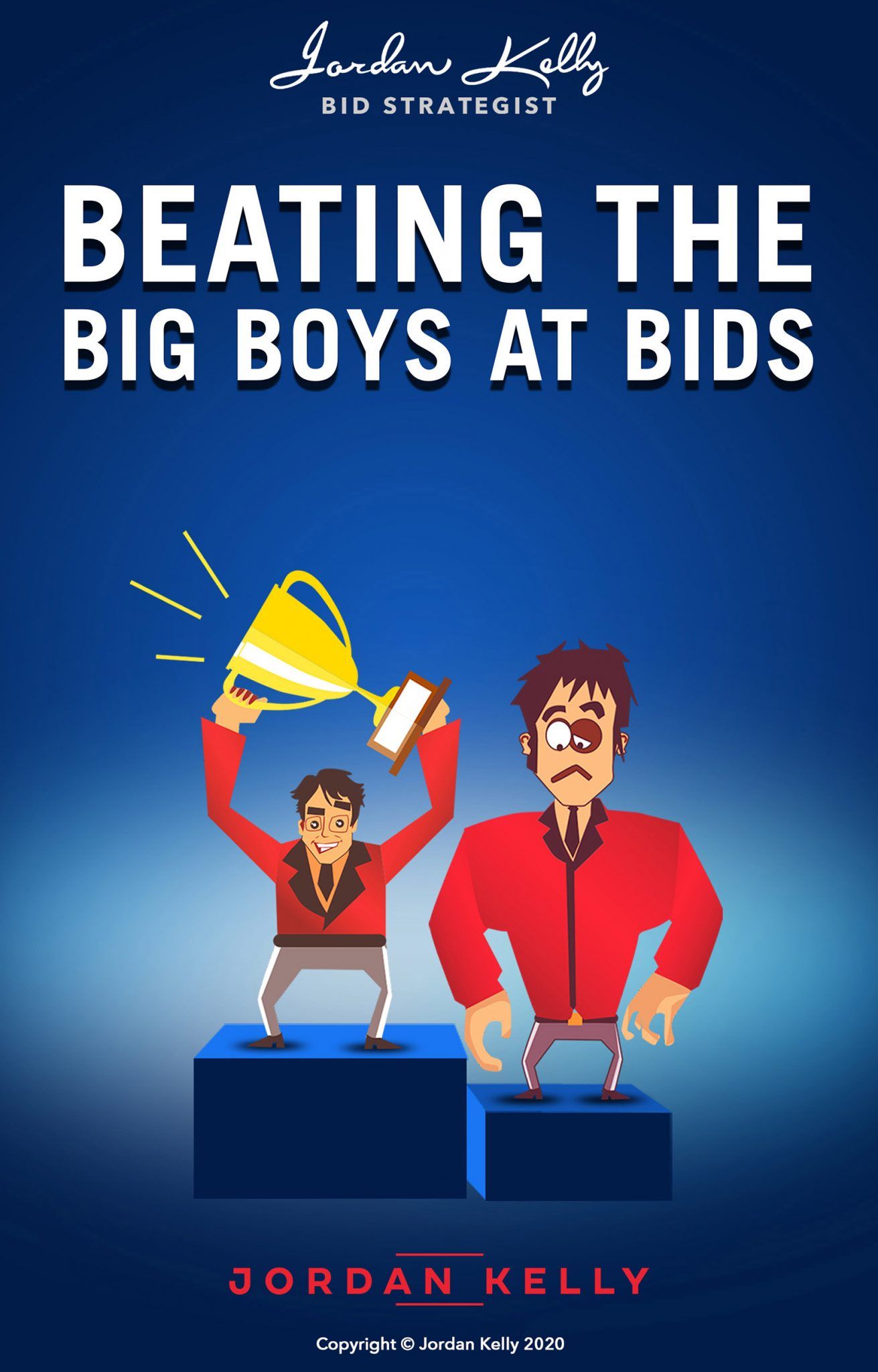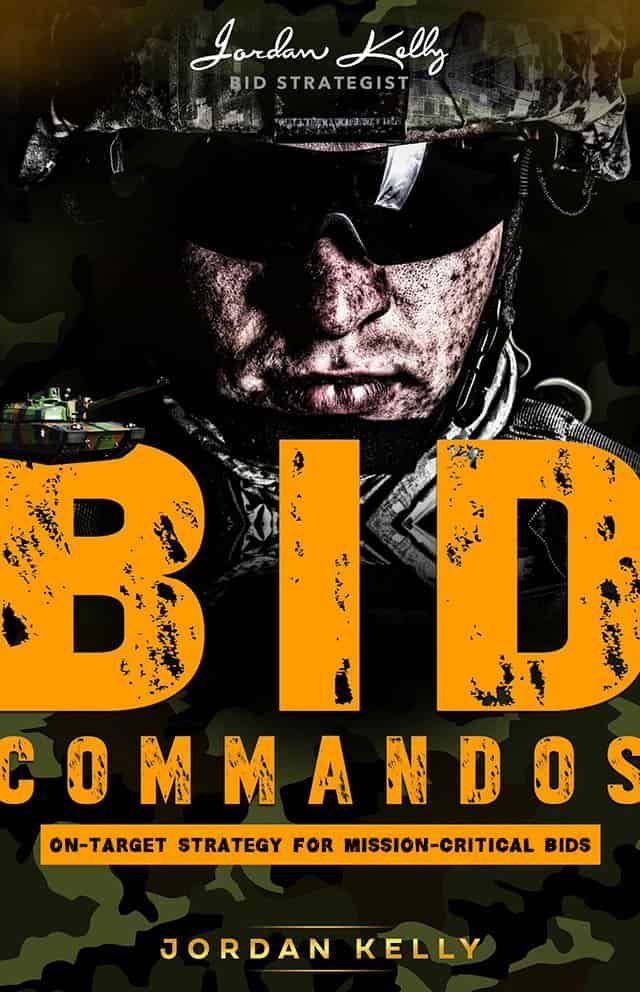CATEGORIES:

When you tout "the (your company’s name goes here) culture" as some sort of meaningful competitive differentiator, do you go on to explain exactly why – in a manner that is less generic, more specifically and commercially meaningful to your prospect client or customer organisation?
Or do you offer some potted fluffy like “our can do / customer-focused / inclusive / collaborative (fill in the blank) culture” and expect the customer to be just as jazzed as you are?
Or, worse still, perhaps you simply assume the prospect organisation somehow knows what you mean by your great culture?
One of the first ditties I ever coined when I developed the bid strategy niche, in order to convince my clients of the need for a 100 percent client-centric approach to everything, was this:
The only thing the client needs or wants to know about YOU, is what’s directly relevant to HIM (or her).
And, of any facet of your business that you offer up as in some way of benefit and value to the organisation the business of which you’re pursuing, "culture" – arguably – is one of the toughest sells.
Harden It Up & Make It Relevant
So you need to harden it up . . . you need to explain this “culture”, then qualify its relevance, and quantify its value.
You must provide a client-focused, compelling explanation of the depth and breadth of its relevance to achieving the client’s goals and solving their challenges.
In short, don’t leave “culture” as some simplistically-expressed, generic (and supposed) competitive strength.
Your starting point, if you’ve never put words to it before, would be to develop a “USP” (the ubiquitous “Unique Selling Proposition”) purely for your culture.
For example, I have one client organisation whose leadership and people view their culture as perhaps their strongest competitive differentiator. To them, it underpins every aspect of peak performance and competitive superiority it offers its marketplace.
But there is an assumption that exactly what that culture is, is to some degree evident through its branding, in-person communications, and proposals. Nowhere have I ever seen any defining statement that encapsulates the essence in any tangible way. Thus, when its sales force refers to it, and its bid writers use it in their proposals, it comes off as sheer “brochureware”.
And that is sad. Because the company does, in fact, have an outstanding culture – and by virtue of that culture, provides outstanding service to its nearing-global customer base.
Here’s An Example
If I were asked to distil the culture into a couple of core concepts that are meaningful at a generic level, at least, to all clients, then – without thinking too deeply – I’d probably say:
“It’s a culture in which all employees readily and willingly assume full personal responsibility for the customer’s / company’s required / most desired outcome.”
Or (although I prefer the above, simpler version):
“It’s a culture in which an individually-empowered, flat structure is used to the best advantage of both the company and the customer.”
It’s the ultimate “can do” culture – but that buzzword-based concept isn’t particularly meaningful.
If you consider your “culture” really something worth holding up as an offering of value, a genuine and meaningful competitive differentiator, then you need to work to articulate that culture just as clearly as in the above examples.
From that point, it needs to be aligned with each of the specific prospect’s current or persistent challenges and goals. This is particularly so against the backdrop of a corporate sector within which almost every website features brochureware-style claims like “our people are our greatest asset”.
If you identify the client-specific and client-relevant benefits of your “culture” and articulate these effectively – from the perspective of the client – in your business development and pursuit-based communications, you’ll stand head and shoulders above any competitors banging on about “our people” and “our culture”.
Conversely, if – as in the case of my above-case-studied client – you have a genuinely great culture, it would be an equally great shame if you never got the chance to provide physical demonstration of what that means to your prospective customers or clients.
BID COMMANDOS
On-Target Strategy for Mission-Critical Bids
(Training Program)
BID COMMANDOS is my "blockbuster", comprehensive, 11-module training program.
It's intricately formulated to ensure your team excels at every stage of a formal bidding process . . . from the initial bid/no bid analysis, through research and intelligence-gathering, through the strategy development and documentation process, through strategic and compelling writing and competent editing, and on through the shortlistee presentation stage, right through to optimisation of client de-briefing session/s.

BEATING THE BIG BOYS AT BIDS
(Training Program)
Capitalise on the natural advantages of being a smaller, more agile - and potentially, more aware - operator than your corporate competitors.
A five-module training available for delivery in tandem with your team's preparation for, and participation in, any especially important bid . . . and preferably one that stands to see your enterprise increase its competitive ranking within your industry.
(Equally applicable for producing proactive proposals and participating in less formal processes.)



